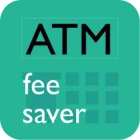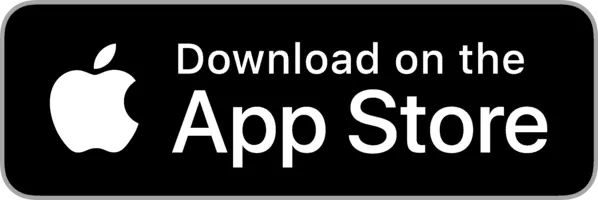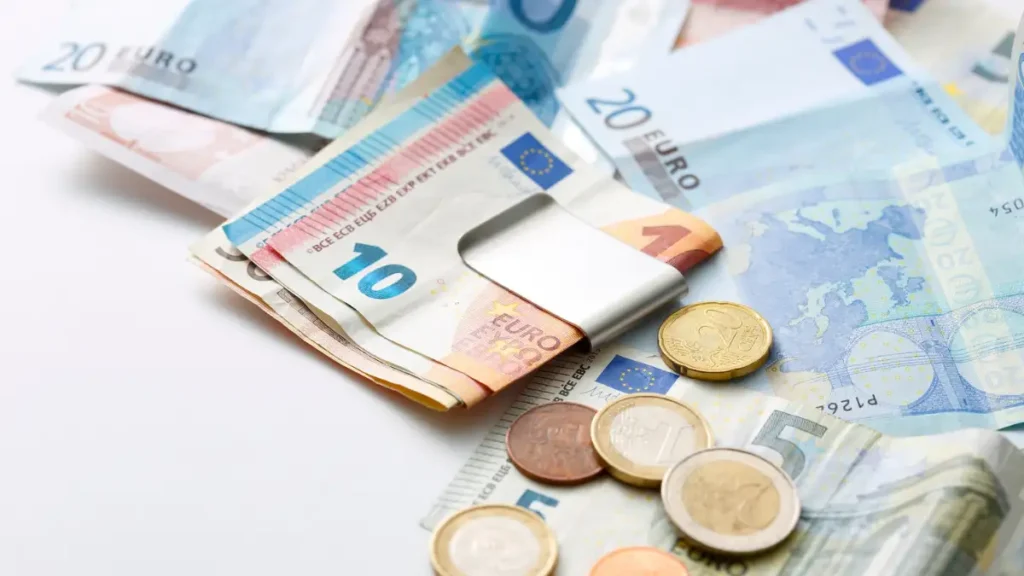Bolivia offers surreal landscapes, vibrant culture, and great value for travellers-if you’re ready with the right currency setup. Currency in Bolivia is the Boliviano (BOB), and cash dominates daily transactions, especially outside major cities. Many places won’t accept cards or foreign currency, so having local cash is essential. This guide walks you through what to bring, where to exchange or withdraw BOB, ATM tips, cash safety, and practical dos and don’ts when handling money in Bolivia.
How to pay in Bolivia – cash or card?
Don’t forget your cash when you’re exploring! In many places, especially outside the big cities, you might find that 85% of the time, cash is your best bet in Bolivia.
You can use cash for:
- Budget hotels (often don’t accept cards)
- Hostels
- Local tour operators (treks, salt flats tours)
- Tips and gratuities
- Street food (salteñas, anticuchos)
- Small eateries / restaurants
- Sit-down restaurants (outside La Paz and Santa Cruz)
- Small purchases
- Local expenses at grocery stores, markets
- Local buses (minibuses, micros, colectivos)
- Local taxis (cash-only)
- Laundry services
- Mobile SIM and phone top-up
- Nightlife / bars (especially in smaller cities)
You can use card for:
- 4 and 5 star hotels (mostly in La Paz, Cochabamba, Santa Cruz)
- Large tour operators (e.g., Uyuni Salt Flats agencies with offices)
- Shopping at malls (few cities have them)
- Entry fees to museums, historical sites
- Airport transport (private transfers, some online apps)
- Sit-down restaurants (in major cities)
- Upscale restaurants
- Online bookings for upscale hotels, flights, tours
- Vehicle renting (via agencies in cities)
- Emergency medical clinics / pharmacies (in large cities)
Bolivia is cash-driven. Bring cash for most expenses, especially in remote areas or small towns. ATMs can be unreliable in rural areas.
What’s the best currency to take to Bolivia?
Bolivia mainly accepts its local currency Bolivian Boliviano (BOB or Bs.). Note denominations are 10, 20, 50, 100, and 200.
US Dollar: You use US Dollars for also for Visa on Arrival and Visa Fees (ensure good notes). USD is also accepted by touristic places like shopping markets, tour operators and some hotels and hostels.
So, Bolivian Boliviano is the best currency to take to Bolivia.
Where to get the local currency in Bolivia?
In Bolivia, you can get the local currency in 3 ways. These are:
ATMs, or
Currency exchange
Money transfer and local pick-up
Pro-tip: Avoid buying Bolivianos in your home country. It’s not a popular currency so it’ll be hard to find at home and if you do, the exchange rate will be poor.
Types of cards to swipe in Bolivia
Visa and Mastercard transactions are commonly accepted for swiping. You might also find some places that accept Amex and other cards, albeit less frequently.
Types of cards at ATMs in Bolivia
When withdrawing money in Bolivia, majority of the ATMs will accept Visa, Mastercard, Cirrus, and Plus and Maestro cards. Others such as Amex, Diners, Discover, JCB, UnionPay, Rupay are not usually accepted by many ATMs.
Should I exchange money before travelling to Bolivia?
It’s a good idea to bring a small amount of Bolivianos (BOB) or USD before traveling to Bolivia for immediate needs like taxis, tips, or small purchases. However, most foreign banks do not stock BOB, and rates outside Bolivia tend to be unfavorable. USD is widely accepted and can be exchanged easily once you arrive.
Withdrawing BOB from ATMs is a practical option. ATMs are available in airports, cities like La Paz and Santa Cruz, and tourist areas. Most accept Visa and Mastercard, but Maestro, Plus, and Cirrus cards may have limited support. Always check international withdrawal fees with your bank before traveling.
Currency exchange can be done at banks or authorized casas de cambio (exchange bureaus) in city centers, which usually offer better rates than airports or hotels. USD is the most commonly exchanged foreign currency, but EUR is also accepted in some places.
Card acceptance is growing, especially in hotels, restaurants, and urban areas, but cash is essential in markets, rural areas, and for transportation. Carrying a mix of BOB, USD, and cards offers the most flexibility.
Where to withdraw money in Bolivia
The best ATMs for foreigners to use in Bolivia are those owned by popular banks such as:
- BCP Bolivia
- Banca Ganadero
- BNB – Banco Nacional de Bolivia
- BancoSol
- Mercantil Santacruz
There are other banks with ATMs that also accept international debit and credit cards.
For a detailed guide, read Cash and ATMs in Bolivia.
Discover fee-free and low-fee ATMs on the ATM Fee Saver mobile app for iOS and Android. This app provides ATM PINs and details of leading bank ATMs such as ATM fees and withdrawal limits for foreign cardholders at ATMs in Bolivia. Moreover, its simple fee calculator helps you determine exact withdrawal charges. You can also find cash tips and tricks on the app for 160+ countries including Bolivia.
Download now from the App Store or Play Store.
Where to exchange currency in Bolivia
In Bolivia, you can exchange currency at authorised currency exchanges, banks, airports, and hotels, the most popular being authorised currency exchanges.
Currency exchange offices, known as “casas de cambio”, are the most common and preferred places for exchanging money in Bolivia. They are abundant in cities and border areas, particularly in:
- La Paz: Around El Prado and Calle Sagárnaga
- Santa Cruz: Equipetrol area and Avenida Monseñor Rivero
- Cochabamba: Plaza Colón and surrounding areas
- Uyuni: Near the main square and train station (for travelers heading to the Salt Flats)
- Copacabana and Villazón (border towns)
These exchange houses generally offer better rates than banks and hotels. Opening hours typically align with standard business hours (9:00 AM – 6:00 PM), but may vary in smaller towns.
- Banks Offering Currency Exchange:
Banco Nacional de Bolivia (BNB)
Banco Mercantil Santa Cruz
Banco Unión
Bank exchange services may involve longer queues and slightly less favorable rates. Always bring your passport or ID for transactions.
💡 Tip: USD is the most commonly accepted foreign currency for exchange. Ensure bills are clean and undamaged-Bolivian casas de cambio may reject torn or marked notes.
Pro-tips:
Stay away from airport exchanges – Poor rates
Avoid the black market – Be wary of being conned.
Include fresh notes – If your notes are damaged or dirty, you can expect to pay more or less.
Is carrying money in Bolivia safe?
In Bolivia, it’s generally not advisable to carry a large amount of cash. Only carry what you need for a few hours or the day. To safeguard your cash:
Some safety tips for carrying cash while travelling in Bolivia are:
- Carry only the cash you need.
- Do not keep all the cash in one pocket or wallet.
- Put some cash in a safety belt or fanny pack.
- Do not flash your cash.
- When paying, do not remove or display your entire cash.
- Keep wallets preferably in front pockets.
- Cross-wear your purses if possible.
- Hold your purses, wallets and bags close and tight on crowded streets and in public trains and buses.
- When withdrawing cash, keep the cash low while you count it so people around don’t see it.
- If you’re dining alone, don’t leave your wallet / bag unattented while you go to the restroom.
- If sitting outdoors in a restaurant, don’t leave your wallets / bags on the table.
Is it better to use debit or credit cards or pay by cash in Bolivia
Use a card if it is fee-free i.e. your bank does not charge any fees to swipe the card, when the merchant / POS also does not impose any extra charge to use a card, you need to use the insurance of the card, don’t want to block cash of large purchases and card’s swipe fees are lower than withdrawal fees.
Pay by cash by withdrawing cash from ATM or exchanging currency where – fees on ATM withdrawals are lesser than fees on swiping cards, you don’t want to leave any digital footprint of your expenses, it is convenient and easier to conduct transactions.











